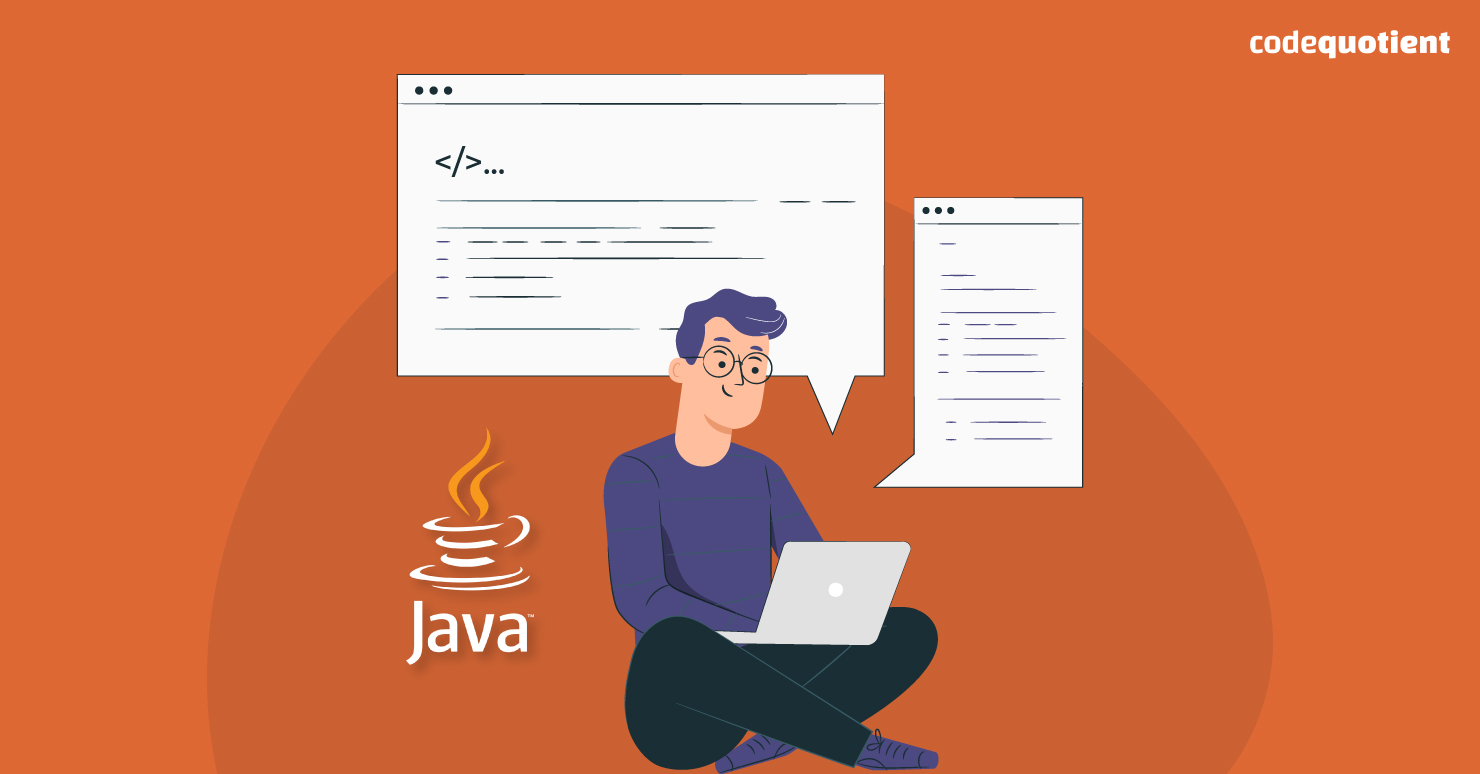A full-stack Java developer is a professional who creates and designs web applications such as mobile apps and websites. It is a highly sought-after skill set as the demand for full-stack developers is increasing in the digital age.
If you have a knack for information technology and coding, then becoming a full-stack developer can be a great career path for you.
The average salary of a full-stack developer in India is Rs. 6.5 LPA.
In this short guide, we’ll cover everything you need to know in order to become an efficient full-stack Java developer by joining a full-stack development course.
What is a Full-Stack Java Developer?
There are two primary aspects of a web application: the front-end and back-end. The front-end refers to the code which runs on the users’ web browsers and allows them to interact with the web application. The back-end refers to the code which runs on the web servers.
In order to create a web application, you need both front-end developers and back-end developers. A full-stack developer is a term used to refer to developers who have both skill sets by taking a full-stack development course.
Skills Required to Be a Full-Stack Java Developer
If you’re aiming to be a full-stack developer, here is an indicative list of skills required to make it.
Front-End Development
Three programming languages combine to build the front-end of a web application. These are HTML, CSS, and JavaScript. Modern front-end development is done through one of the many JaveScript frameworks, which include React, Vue.js, and Angular JS.
You do not need to master all the frameworks. Being well-versed in at least one of these frameworks will provide a great starting point with abundant job opportunities.
Further, you will need to know how to version control the applications that you develop. This can be done using the popular tool called Git.
Back-End Development
Back-end development consists of more choices for the developer since there are many languages that you can utilise for back-end development, such as Ruby, PHP, Python, and JavaScript.
If you’ve already learned JavaScript as part of your front-end development training, then the easiest way to learn back-end development is to master the Node.js framework, which utilizes the JaveScript coding language.
Further, since back-end code connects to databases, you can write database queries using SQL if you are proficient with that.
Since the choices are so vast, you can look at the job description of some of the companies that you would want to work with. This can help you narrow down which languages and frameworks to pick up.
Steps to Getting a Job as a Full-Stack Developer
Once you’ve decided to become a full-stack developer, here are the steps you can take to reach your goals.
-
Learn Basic Coding
Before you can start your journey as a full-stack developer, you will need to know the basics of coding and how it works. It is not necessary for you to learn this through a four-year college degree course. There are several free resources available online that will teach you the basics of coding which you can use to improve on it.
-
Enrol in a Bootcamp
The next step is to enrol in a full-stack development course. One such course is offered by CodeQuotient called the SuperCoder’s Program. This free program is conducted entirely online and is only three months long.
Within these three months, you will be taken through all the skills that you will need to get your first job as a web developer. A full-stack development course will allow you to develop the practical skills that employers are looking for. These courses have a course structure that specifically caters to industry needs.
-
Look Out for Web Development Opportunities
The final step is to start looking for a web development job. Certain full-stack development courses like the SuperCoder’s Program provide placement assistance which will help you get a job based on your skillset.
Additionally, you can set up your profile on job boards (such as LinkedIn, Indeed, and Naukri) and apply for jobs on this platform. This will also help recruiters who are looking for talent with your skillset to find you easily. You can showcase your skills, portfolio, educational experience, and anything else on this profile.
Wrapping Up
That’s it. If you’re determined, it should not take too long before you can call yourself a professional web developer. Since the industry is so vast, there is always enough demand for new talent to break into the industry. All you need is a will to learn, a laptop, an internet connection, and some time to grow.
If you’ve decided to become a developer by taking a full-stack development course, then check out CodeQuotient’s SuperCoders Program, which will teach you everything you need to know.
When you’re ready to start looking for a job, then check out our resources on what to include in your portfolio.




